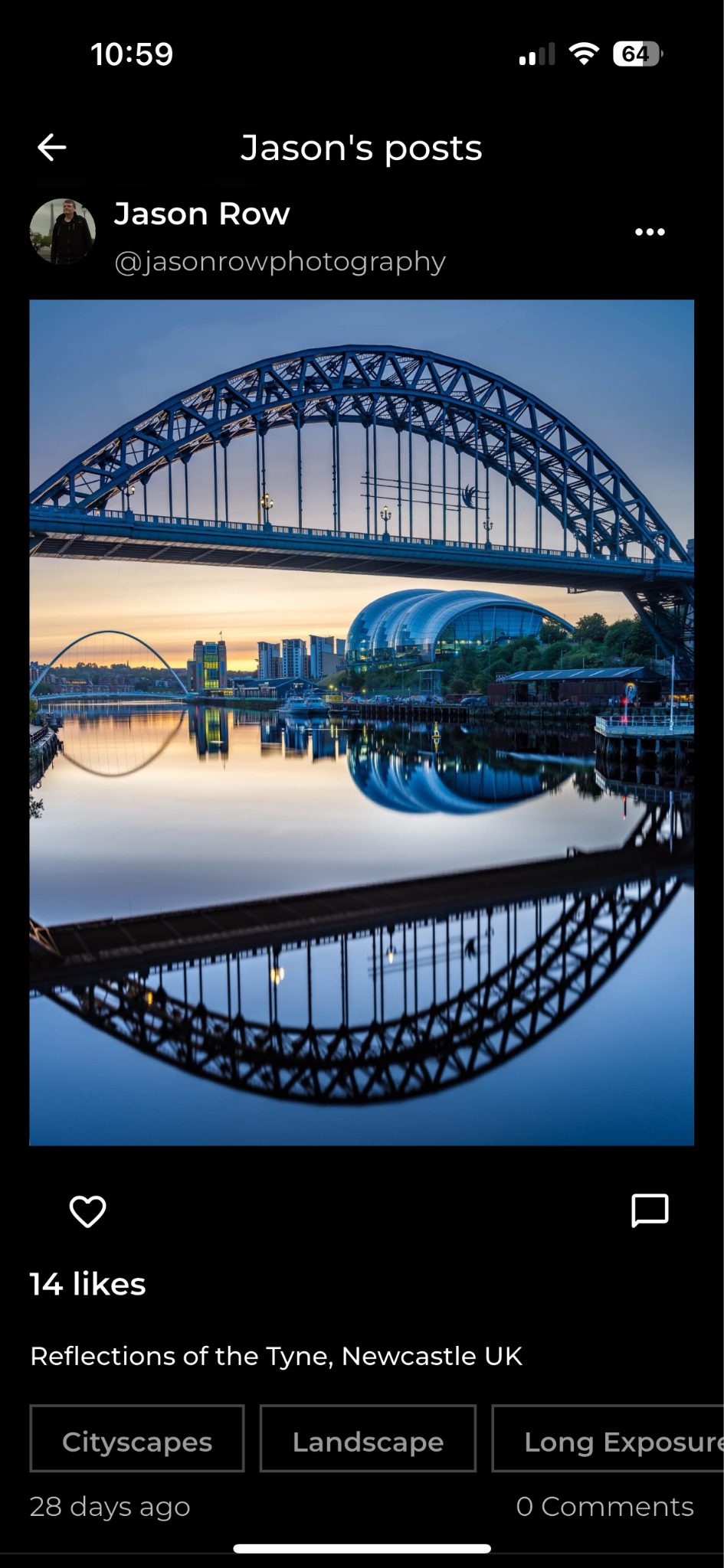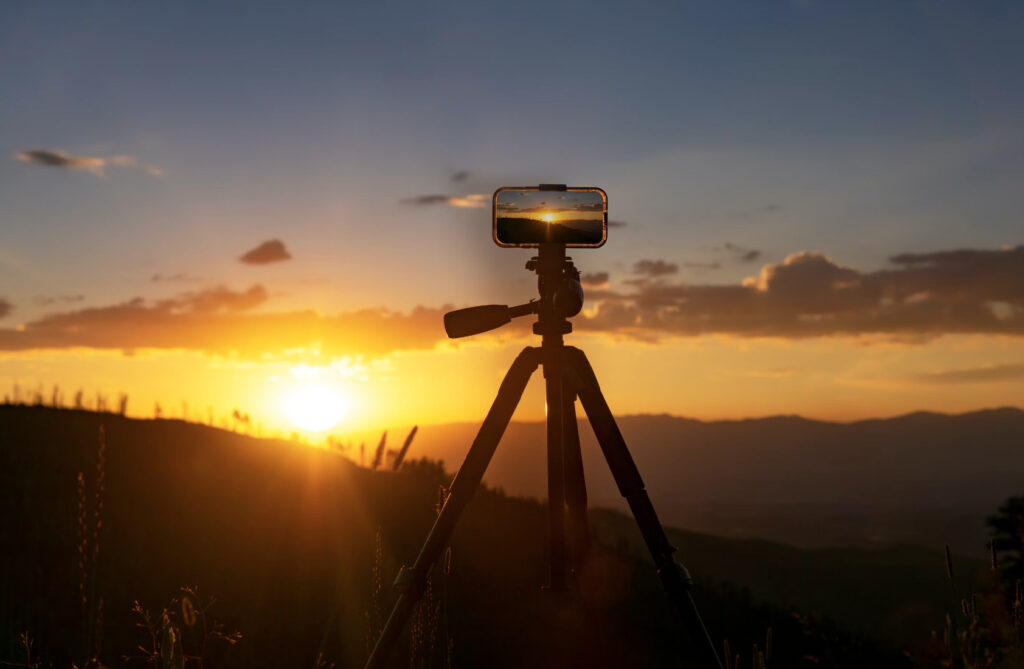Epic Landscapes Often Require More than Expert Technique
If like me, you are a little in awe of those amazing landscapes you see in photography magazines and websites, don’t be.
You see, the vast majority of those landscapes are perfectly achievable by us mere mortals.
The secret…FILTERS.
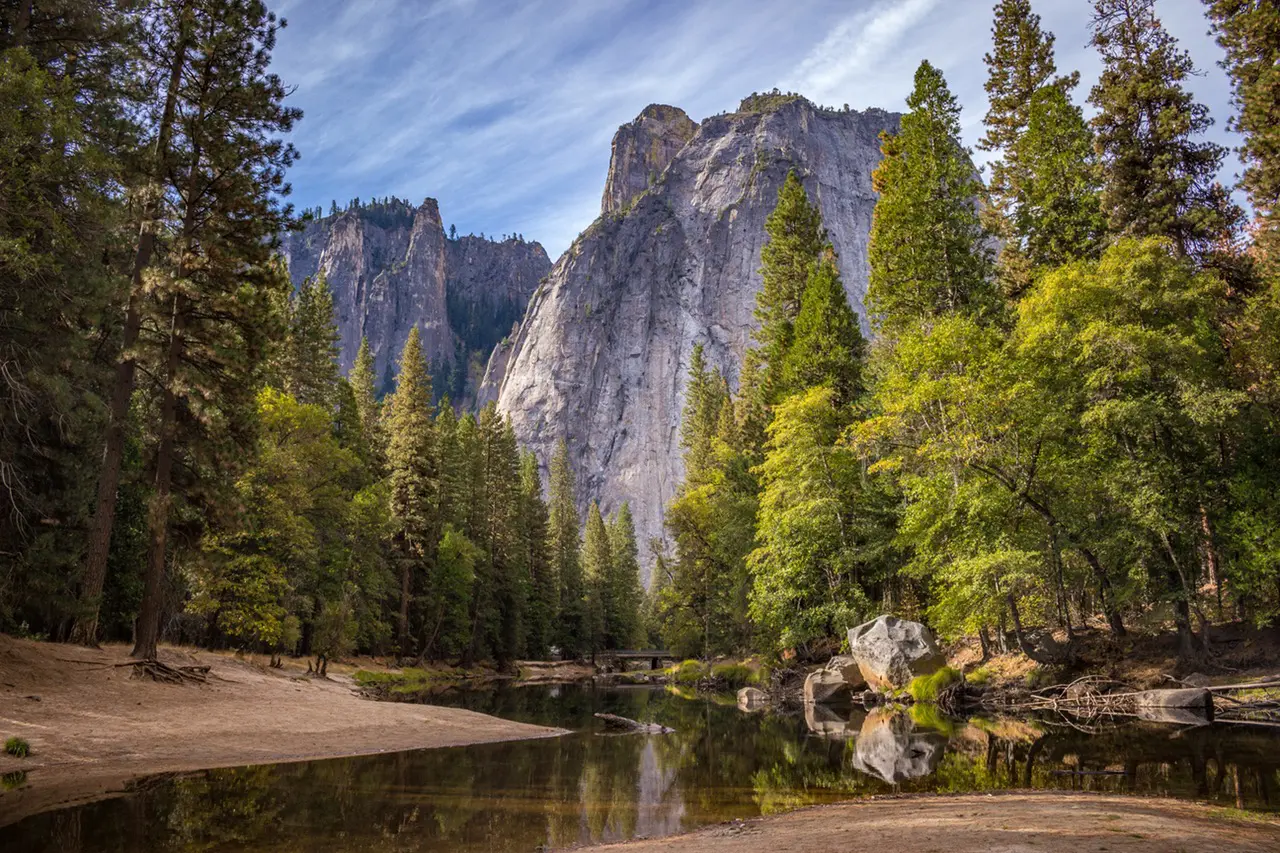
Obviously, there are two ways to add filters to an image.
- First the traditional method of sticking a nice piece of high-quality optical glass in front (or in some cases behind) your lens.
- Second by running the digital image through a plethora of complex computer code A.K.A digital filters.
There are pros and cons to each. However, if you are interested in using filters in the field, we are going to look at the best options for landscape photography.
The Polarizer
A polarizer is a must-have not just for a landscape photographer but for anyone who takes pictures outdoors.
As most of us know, a polarizer reduces reflections and glare from water and glass as well as punching out the saturation, particularly in blue skies. One thing that might surprise you though is that they also cut down reflections from foliage.
Foliage is highly reflective and can reduce contrast of a great landscape. Using a polarizer can return that contrast and boost the saturation of the greens.
Reducing reflections on water, particularly still water will give you that feeling of depth and clarity, even allowing you to see objects submerged under the water.
You will need what is called a circular polarizer as older, linear polarizers do not play well with modern exposure systems.
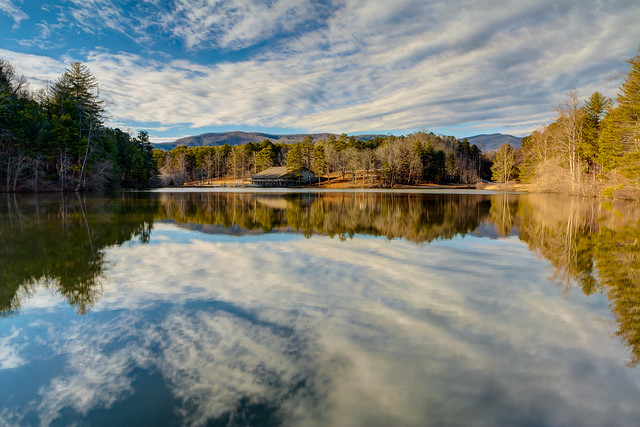
A circular polarizer can reduce glare from water, foliage and make blue skies more saturated.
Using a Graduated Neutral Density (ND) Filter
Another staple of the landscape photographer, the “grad nd” is primarily used to hold back skies.
A feature of many great landscape and seascape images is a dramatic sky complimenting a well-exposed foreground. That’s not easy to achieve even with today’s modern sensors. What we need is a graduated neutral density.
Grads generally come in three versions. They will reduce exposure at their densest part by 1, 2 or 3 stops. They then graduate down to clear.
There are also two types of grads, soft and hard. As their names suggest, a soft grad will have a very tapered change from opaque to clear whilst a hard grad has a very defined sharp graduation.
The former is useful on scenes such cityscapes and tree lines where the horizon may have an irregular horizon with buildings jutting into the sky.
A hard grad works well on shots such as seascapes with a flat well-defined horizon.
Be Versatile with your Grad Filters
When using a grad, expose for the foreground and select the strength of filter needed to hold the sky. Don’t be afraid to use grads in other ways too, if you have a particularly bright foreground, turn the grad around and use it to hold that, exposing for the upper part of the frame.
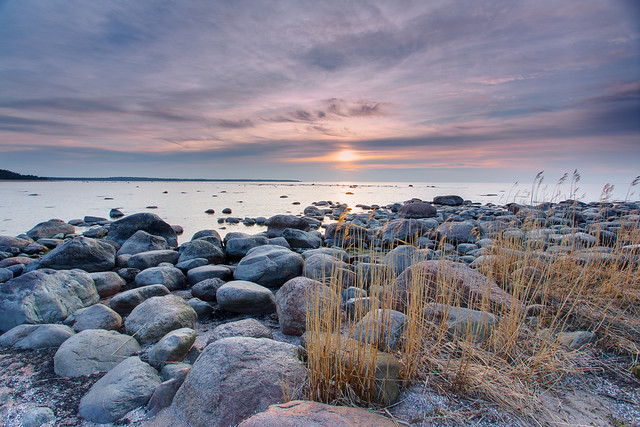
A “Grad” is very useful for keeping definition in skies.
The Neutral Density Filter aka the ND Filter
NDs are another staple of the landscape photographer’s kit bag.
Their primary role is to reduce exposure uniformly across the entire frame.
The main purpose of this is to get a slow shutter speed, which is a prerequisite for that dreamy, ethereal looking water often found in landscapes and seascapes.
They're categorized by the amount of light that they reduce the exposure by. Typically this would be 1, 2 and 3 stops but these days there are ND filters that can reduce exposure by up to 10 stops.
Two different scales are used to define the amount of light an ND reduces, optical density and filter factor. Optical density starts at 0.3 for a -1 stop reduction 0.6 for a -2 and so on. Filter factor starts at 2 for a -1 stop reduction, 4 for -2, 8 for -3 and so on.
A fairly new addition to the ND range is the Variable ND. This works like a polarizer, as you rotate the front element of the filter, the exposure is reduced.
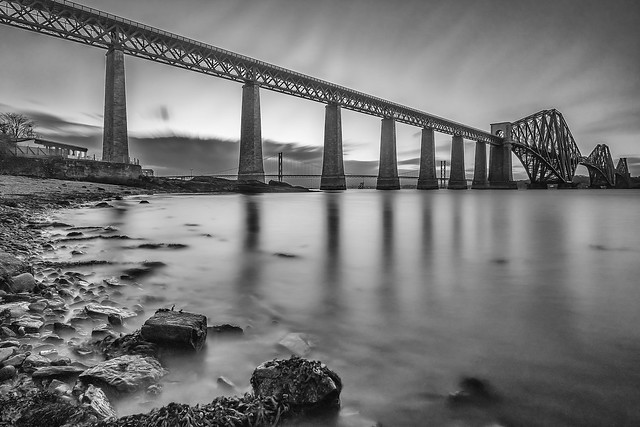
A very dark ND filter allow for this ethereal looking water.
So Which Filter System?
There are two types of filter available to us, screw in filters and square filter systems. The screw in types fit directly to your lens however if you have several lenses with different filter threads you will need filters for each or at least a set of step down rings.
Square filter systems use a filter holder attached to a ring that screws into the lens. The advantage is that you only have to buy one of each filter type, however, square filter systems can be more expensive to get started with.
Summary – Best Filters for Great Landscapes
Filters are an important tool for landscape photographers. Whilst there are arguments that some effects can be replicated digitally, some cannot. The effects of a polarizer and ND filters generally cannot be replicated.
You cannot reduce glare and reflections digitally nor can you imitate the look of water that an ultra slow shutter speed gives. For that reason, real filters are going to be around for a little while yet.
Further Resources
- 4 Very Clever Ways To Use Reflections In Your Compositions by Jason Row
- Why Camera Filters Are Better Than Adding Filters in Post Production by Jason Row
- How to Make Your Long Exposure Photography Rock By Using ND Filters by Viv Dawes
- Check Which ND Filter You Want: Fixed ND or Variable ND? by Jason Row
Further Learning
As we've just learned, capturing GREAT Landscapes involves more than just technique and expensive gear – it requires planning, a knowledge of light and knowing what lens filters do what.
We've got a great idea. How about learning some more about Landscapes to recreate those epic shots you've been day-dreaming for ages!

